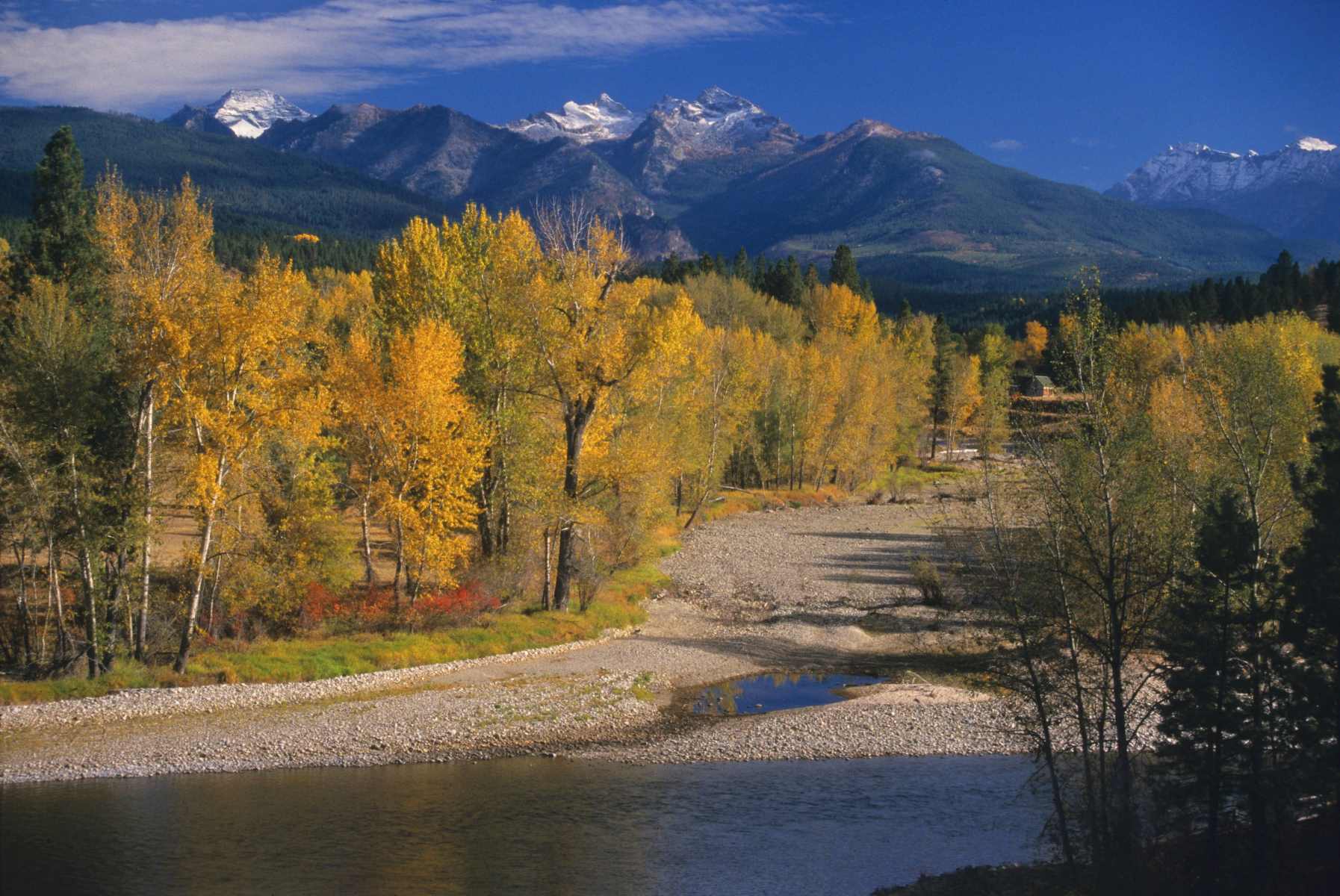Lost Trading Routes Of Montana’s Bitterroot

Have you ever thought about the hidden stories behind Montana's Bitterroot Valley? This place isn't just about stunning landscapes; it's also rich in history. Long before highways and railroads, ancient trading routes crisscrossed this region. Native American tribes like the Salish and Nez Perce used these paths for trade and travel. Later, fur trappers and explorers followed these trails, leaving their mark on the land. Today, you can still trace parts of these historic routes. Imagine walking the same paths as those early travelers, surrounded by the breathtaking beauty of the Bitterroot Mountains. Whether you're a history buff or nature lover, Montana's Bitterroot Valley offers a unique glimpse into the past while providing endless opportunities for adventure.
Ancient Trails of the Bitterroot Valley
Montana's Bitterroot Valley is a treasure chest of history, where ancient trading routes once thrived. These paths were more than just trails; they were lifelines connecting tribes, traders, and settlers. Let's explore some of these fascinating routes that shaped the region's history.
- Lolo Trail
The Lolo Trail is a historic path that winds through the Bitterroot Mountains. Used by the Nez Perce and Salish tribes, it later became a crucial route for Lewis and Clark. This trail is a testament to the resilience and resourcefulness of those who traveled it.
- Nez Perce Trail
This trail tells a story of courage and survival. The Nez Perce used this route during their flight from the U.S. Army in 1877. It stretches across the Bitterroot Valley, offering a glimpse into the struggles and triumphs of the Nez Perce people.
Trading Posts and Settlements
Trading posts were vital hubs along these routes, where goods and stories were exchanged. These settlements became melting pots of cultures and ideas, leaving a lasting impact on the region.
- Fort Owen
Fort Owen, located in the Bitterroot Valley, was a bustling trading post in the mid-1800s. Established by Major John Owen, it served as a center for trade between settlers and Native American tribes. The fort's remnants still whisper tales of its vibrant past.
- Stevensville
Stevensville, Montana's oldest town, began as a Jesuit mission and trading post. It played a pivotal role in the region's development, bridging cultural divides and fostering economic growth.
Natural Wonders Along the Routes
The Bitterroot Valley is not just about history; it's also a land of breathtaking natural beauty. These trading routes meander through stunning landscapes, offering travelers a feast for the eyes.
- Bitterroot River
The Bitterroot River flows gracefully through the valley, providing a vital water source for those who traveled the ancient routes. Its serene beauty and abundant wildlife make it a must-see for nature enthusiasts.
- Bitterroot Mountains
These majestic mountains form a dramatic backdrop to the valley. They were both a challenge and a guide for traders and travelers, their rugged peaks standing as silent witnesses to history.
Cultural Significance of the Routes
Beyond trade, these routes held deep cultural significance for the tribes that traversed them. They were paths of tradition, ceremony, and connection to the land.
- Salish Trail
The Salish Trail was more than a trade route; it was a spiritual journey. The Salish people used it for seasonal migrations and cultural gatherings, weaving their stories into the very fabric of the land.
- Bitterroot Salish Cultural Sites
Scattered along these routes are cultural sites sacred to the Bitterroot Salish. These places hold the echoes of ceremonies and traditions, preserving the rich heritage of the Salish people.
Rediscovering Montana's Hidden Paths
Montana's Bitterroot Valley holds secrets of ancient trading routes that once connected diverse communities. These paths, winding through rugged landscapes, tell stories of commerce, culture, and cooperation. Exploring these routes offers a glimpse into the past, revealing how indigenous tribes and early settlers exchanged goods and ideas. Today, these trails invite adventurers to walk in the footsteps of history, experiencing the natural beauty and rich heritage of the region.
Rediscovering these paths not only enriches our understanding of history but also highlights the importance of preserving these cultural landmarks. As you traverse these trails, imagine the bustling activity of traders and travelers who once journeyed here. Montana's lost trading routes are more than just paths through the wilderness; they are a testament to the enduring spirit of exploration and connection. Embrace the opportunity to explore these hidden gems and uncover the stories they hold.

